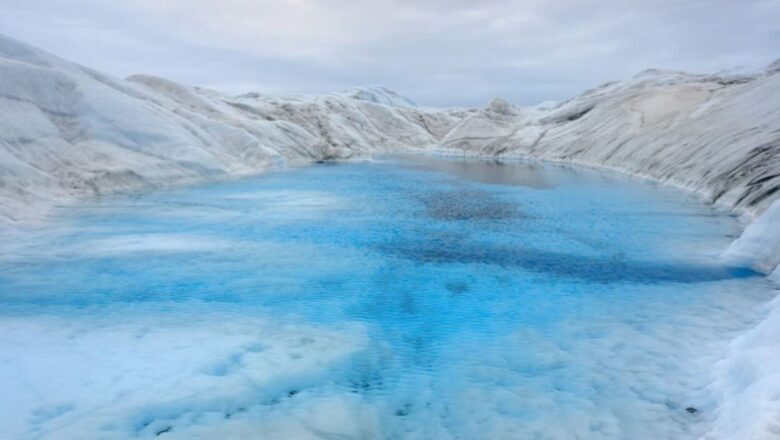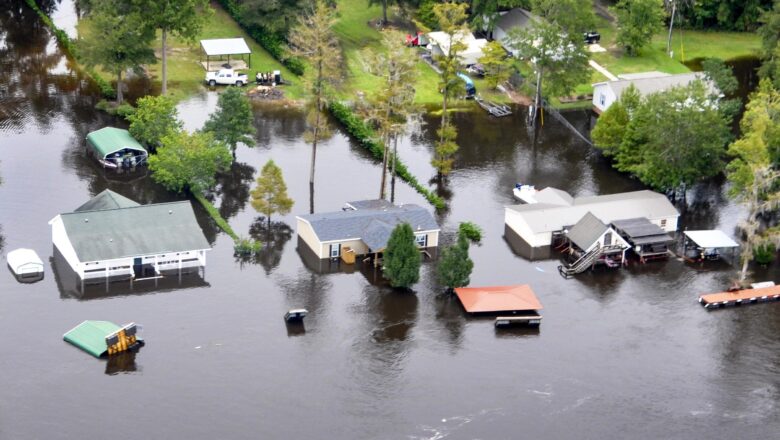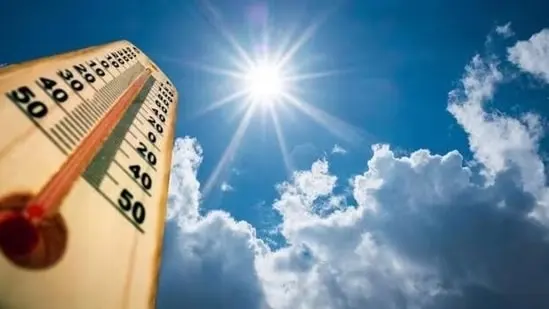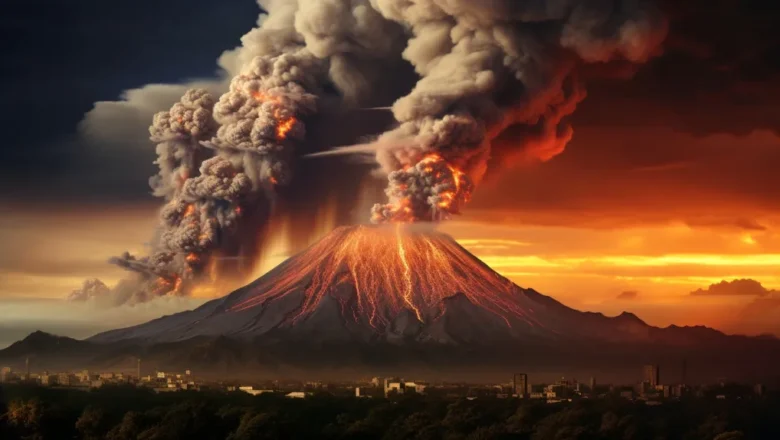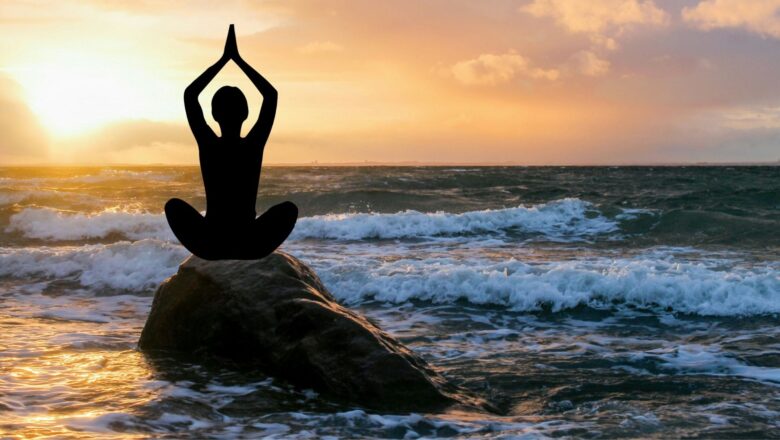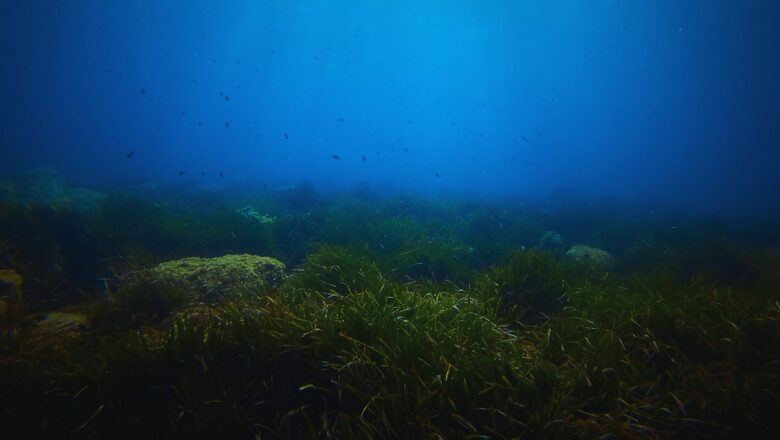
UK Scientists to Probe Deep Sea’s ‘Dark Oxygen,’ A Discovery That Could Redefine Life’s Origins
A groundbreaking study led by Prof. Andrew Sweetman of the Scottish Association for Marine Science (SAMS) is set to explore the phenomenon of "Dark Oxygen," a form of oxygen produced in the absence of light. This revolutionary discovery, made last summer, challenges the long-held belief that oxygen production is exclusively a byproduct of photosynthesis. The project is backed by a £2 million support package from The Nippon Foundation.
The team will deploy advanced sensors to the deepest parts of the ocean, aiming to determine how oxygen can be created in complete darkness, far from the reach of sunlight. The study will investigate whether this process occurs in other deep-sea environments and examine its implications for life on Earth and beyond.
“Our discovery of Dark Oxygen was a p...


